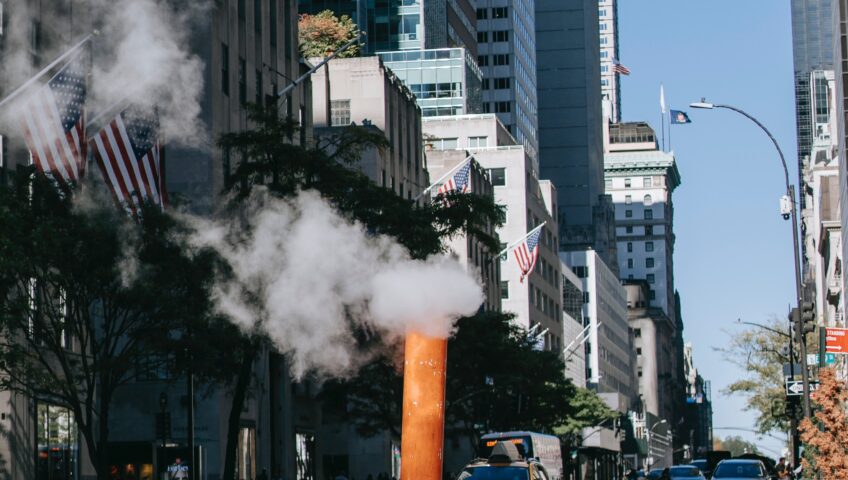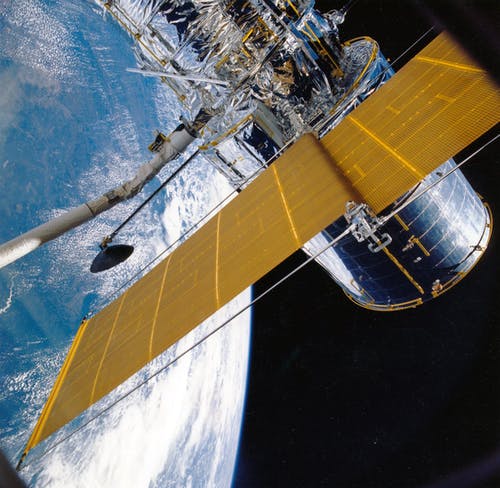Most of the infrastructure of the United States (US) was constructed in the nineteenth century. Various types of infrastructure include lock chambers, dams, levees, water pipes, sewage pipes, and bridges, with an estimated average life expectancy of 50 years. As the aging infrastructures’ quality deteriorates over time, it is critical that repairs and maintenance remain consistent in order to keep us safe.
Climate change is one of the most serious infrastructure challenges the US faces today, causing crumbling bridges and water systems as a result of unprecedented rainfall, floods, and heat waves. These failures have caused widespread damage throughout the US. Infrastructure built centuries ago was not designed for the environment we have today; therefore, it is critical that the US prioritizes and funds infrastructure on a national scale.
To save our infrastructure, we must all work together to address this long-term issue. The rising costs of materials will delay repairs, and pushing forward on critical infrastructure improvements would be the first step toward having funds to combat aging infrastructure. Working together to combat climate change will additionally slow the deterioration of infrastructure.






